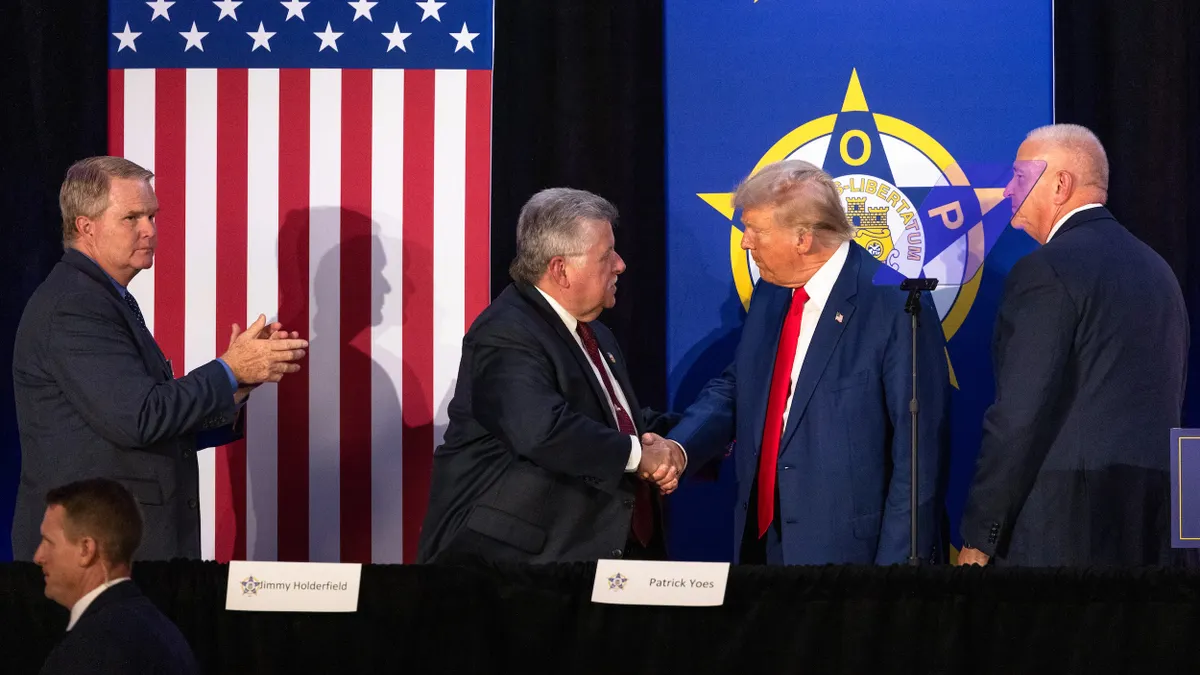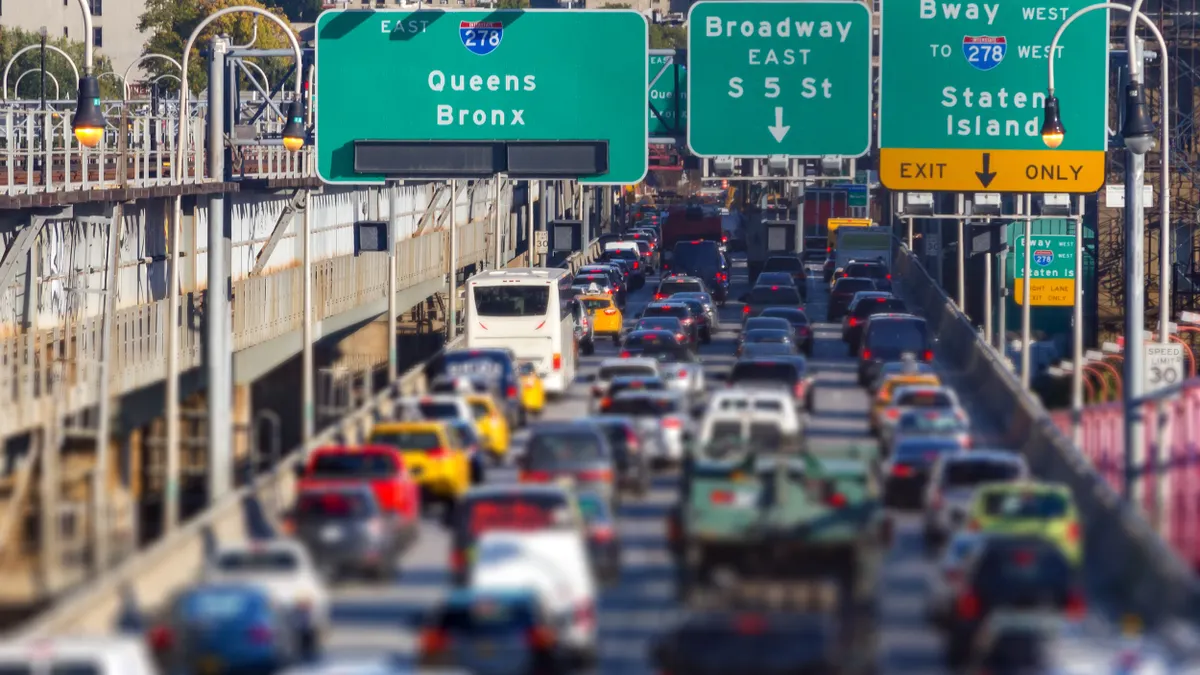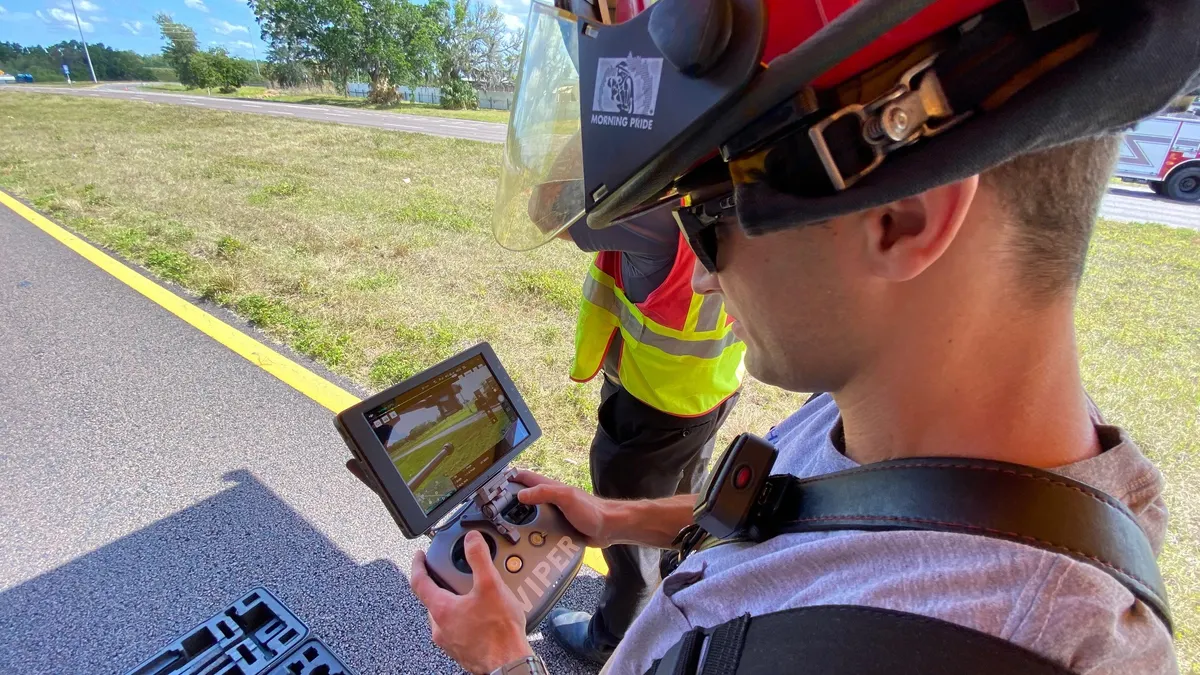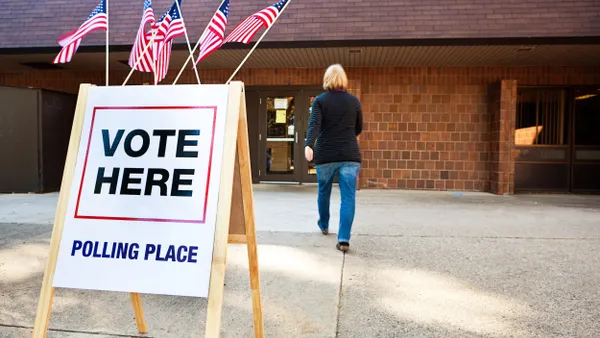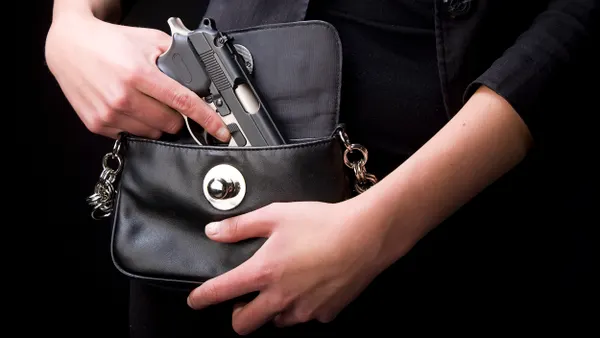Dive Brief:
- President Donald Trump on Monday signed an executive order on “strengthening and unleashing America’s law enforcement” that calls for providing state and local police with better pay, excess military equipment and legal support and also calls for military participation in civilian law enforcement.
- The order also directs Attorney General Pam Bondi to prosecute state and local officials who prohibit law enforcement officers “from carrying out duties necessary for public safety” or engage in “discrimination or civil-rights violations under the guise of ‘diversity, equity, and inclusion’ initiatives.”
- The National Police Association applauded the order as a positive step toward providing necessary support for law enforcement, while civil liberties and criminal justice advocates expressed concern it could jeopardize individual rights and undermine the authority of local law enforcement agencies.
Dive Insight:
The executive order takes aim at consent decrees between the Justice Department and state and local law enforcement agencies, which have been used to address allegations of unjust patterns or practices of behavior. It calls for the attorney general to review existing consent decrees and “and modify, rescind, or move to conclude such measures that unduly impede the performance of law enforcement functions.”
It also aims to bolster police defenses, such as qualified immunity, against prosecution for misconduct. It orders the attorney general to “create a mechanism to provide legal resources and indemnification to law enforcement officers who unjustly incur expenses and liabilities for actions taken during the performance of their official duties to enforce the law.”
Betsy Brantner Smith, a spokesperson for the National Police Association, said the order is a positive step toward rectifying the lack of support for “boots-on-the-ground law enforcement” over the past decade. “The order declares that safe communities depend on a tough and well-equipped police force,” she said. “That’s something that the president has said with some frequency — let cops be cops.”
The EO directs the attorney general to provide state and local officials with “new best” policing practices and make quality law enforcement training more available. It calls for the federal government to invest in improving crime data collection across jurisdictions and invest in greater prison security and capacity.
The order’s provision directing the Justice Department to review federal consent decrees with law enforcement agencies and qualified immunity is particularly positive for law enforcement officers, who will no longer need to worry about whether they will be fired or prosecuted for actions they take in the line of duty, Smith said. “To put some onus on the DOJ to help with this is huge,” she said.
National Association of Criminal Defense Lawyers Executive Director Lisa M. Wayne took the opposite view, stating that dismissing consent decrees “reveals a fundamental misunderstanding of the crucial role of constitutional safeguards in ensuring justice and preventing abuse.”
NACDL said in a statement that several of the order’s proposals represent a “dangerous overreach” that jeopardizes individual rights and the legitimacy of law enforcement in the eyes of the community. “The emphasis on increased ‘aggressiveness’ and the further militarization of police, despite research indicating its counterproductive effects on community relations, and even crime rates, is a recipe for escalating tensions and eroding trust,” NACDL President Christopher A. Wellborn said.
The executive order calls for the secretary of defense and attorney general to determine “how military and national security assets, training, non-lethal capabilities, and personnel can most effectively be utilized to prevent crime.” Smith said she does not interpret the order as militarizing local law enforcement but as “typical use of the National Guard” and a way to provide reinforcement for short-staffed police departments. “It does not mean you’re going to have Navy SEALs patrolling your inner city,” she said.
Nine of 10 police departments in the U.S. are short-staffed, Smith said, “and the people to blame for that are our political class that decided to stoke this anti-cop mentality in the United States.”
Dan Herman, senior director for democratic accountability at the Center for American Progress, pushed back against this claim, saying the Trump administration is creating a narrative that states and cities run by Democratic politicians are against policing and public safety.
“The Trump administration, in my view, is looking to say that the only way to deal with these issues is maximum force and to position the police against the citizenry,” Herman said. “I think that is a mistake, and I also think that most police in many of these cities are not interested in that view, either.”
An NPA analysis concludes the EO cuts red tape, strengthens deterrence and “energizes front-line policing.”
Naureen Shah, director of policy and government affairs for the Equality Division of the American Civil Liberties Union, said in a statement, however, that it is the “people in cities and towns nationwide” who have authority over the more than 17,000 local law enforcement agencies across this country.”



